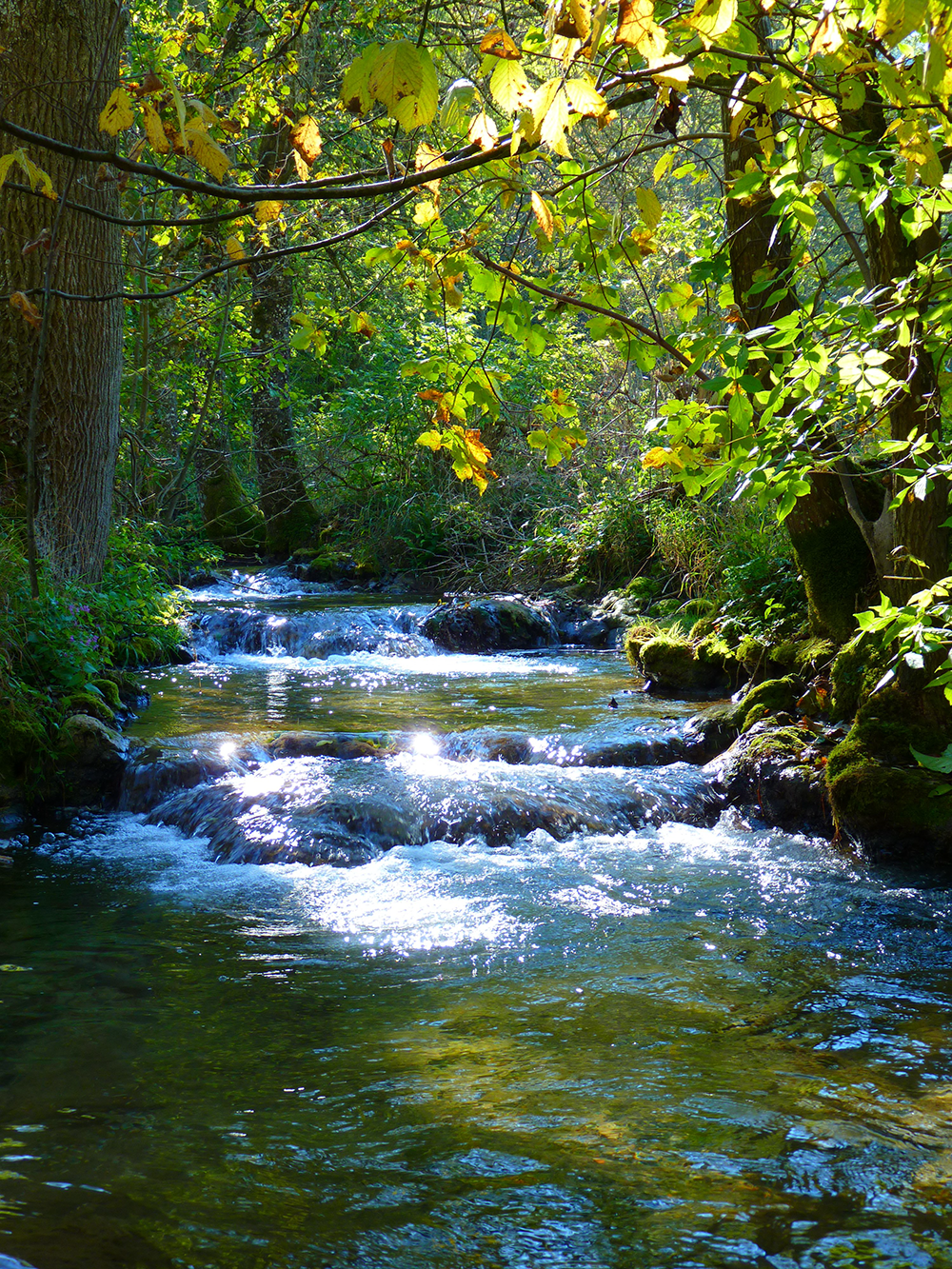
Introduction to Hemp and Its Many Uses
Hemp, also known as industrial hemp, is a variety of the Cannabis sativa plant species. It is one of the oldest agricultural crops in the world, with evidence of its cultivation dating back thousands of years. Hemp has been used for a variety of purposes, including paper, textiles, rope, and even food. Today, hemp is gaining popularity as an alternative crop for farmers, with the potential to improve soil health, reduce carbon emissions, and provide economic growth opportunities.
The Role of Hemp in Crop Rotation
Crop rotation is the practice of growing different crops in the same field in different growing seasons. This helps to prevent soil depletion by alternating the types of crops that are grown. Hemp is a beneficial crop to include in crop rotation because it is a natural weed suppressant and has deep roots that can help to break up compacted soil. Additionally, hemp is a non-host for many soil-borne pests and diseases, making it an excellent crop to grow before planting other crops.
How Hemp Can Improve Soil Health
Hemp has deep roots that can penetrate the soil up to six feet, breaking up compacted soil and allowing air and water to circulate. This can improve soil structure, which in turn can lead to increased water retention and better nutrient absorption for crops. Additionally, hemp is an excellent biomass crop, meaning it can be used to add organic matter to soil. The plant’s leaves and stalks can be left on the field after harvesting, adding valuable nutrients back into the soil.
Hemp as a Sustainable Alternative to Traditional Crops
Hemp is a sustainable and eco-friendly crop that requires very little in the way of irrigation or pesticides. It is also extremely versatile, with a variety of uses for both industrial and consumer products. Additionally, hemp can be grown in a wide range of climates and soil types, making it an ideal crop for farmers looking to diversify their crops and reduce their environmental impact.
The Historical Significance of Hemp Cultivation
Hemp has been cultivated for thousands of years, with evidence of its use dating back to ancient civilizations in China and India. Hemp has played an important role in the history of many cultures, with uses ranging from paper and textiles to medicine and spiritual practices. In the United States, hemp was a significant crop until the 1930s, when it was lumped in with marijuana as a controlled substance and largely banned.
The Impact of Hemp on Common Lands
Common lands, also known as commons, are areas of land that are owned or managed by a community or group of people, rather than by an individual or corporation. Hemp has been grown on common lands for centuries, providing food, fiber, and other resources to local communities. Today, hemp has the potential to provide economic growth opportunities for communities that have been historically marginalized or disenfranchised.
Hemp’s Potential for Economic Growth in Agriculture
Hemp has a wide range of uses, from textiles and paper to food and construction materials. As a result, there is a growing demand for hemp products in many different industries. This presents an opportunity for farmers to diversify their crops and enter new markets. Additionally, hemp can be grown in a relatively small amount of space, making it an ideal crop for small-scale farmers and urban agriculture.
Hemp’s Role in Reducing Carbon Emissions
Hemp has the potential to be a significant carbon sink, which means it can absorb and store carbon from the atmosphere. Additionally, hemp can be used to make a variety of products that are more sustainable and eco-friendly than traditional alternatives. For example, hemp can be used to make biodegradable plastics and construction materials, reducing our dependence on fossil fuels and other non-renewable resources.
The Legal Status of Hemp Cultivation Today
In the United States, hemp was largely banned for several decades due to its association with marijuana. However, in 2018, the Farm Bill was passed, which legalized the cultivation of hemp for industrial purposes. Today, hemp is legal to grow and harvest in most states, though regulations vary. It is important for farmers to understand the legal requirements in their state before planting hemp.
Future Prospects and Challenges for Hemp Agriculture
As demand for hemp products continues to grow, there is a significant opportunity for farmers to enter new markets and diversify their crops. However, there are also challenges to be addressed, including a lack of infrastructure for processing and distributing hemp products, as well as uncertainty around regulations and legal requirements. Additionally, as with any crop, there are risks associated with planting hemp, including pests, diseases, and unfavorable weather conditions. Despite these challenges, many farmers are excited about the potential of hemp as a sustainable and profitable crop.
The Potential of Hemp in Agriculture
Hemp has the potential to be a game-changing crop for farmers, providing economic growth opportunities, improving soil health, and reducing carbon emissions. As the legal landscape around hemp cultivation continues to evolve, it is important for farmers to stay informed about regulations and requirements in their state. By including hemp in crop rotation and exploring new markets for hemp products, farmers can help to create a more sustainable and eco-friendly agricultural system.

